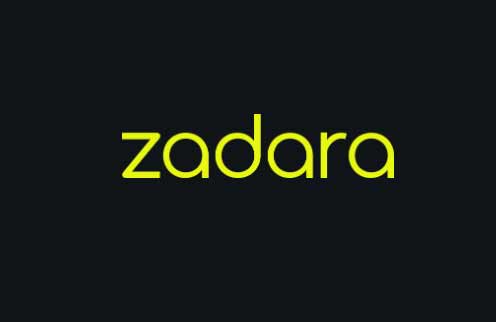With traditional on-premises storage proving less and less adequate for the rapidly growing amounts of data companies must handle today, the move toward cloud storage is gathering steam. The driving force behind the increasing attractiveness of the STaaS (Storage-as-a-Service) model is the compelling advantages it can provide, such as substantially lower overall costs, the ability to switch from CapEx to OpEx expenditures, increased flexibility, and simplified storage management. But, can moving to the cloud boost I/O performance?
But one issue that is causing some IT managers to hold back on moving their data to the cloud is uncertainty about whether a cloud-based solution can meet the performance demands of their workloads. Because data stored in the cloud may be geographically distant from the locations where it’s actually used, there is a certain amount of delay, called latency, that’s inherent in any cloud storage solution.
Yet a number of storage customers can attest to having seen their storage I/O performance actually increase after a move to a cloud-based STaaS solution. In this article, we’ll take a look at factors that can negatively impact cloud storage performance, and how some companies have overcome those challenges.
Factors That Can Reduce Cloud Storage Performance
Latency, which in this context is the delay between the time a data access request is made to storage and the time when that data is received, is the largest factor limiting the I/O performance of cloud-based storage. Because data stored in the public cloud may be physically located in facilities that are hundreds or even thousands of miles from users of that data, the speed of light, if nothing else, places limits on how quickly such storage can be accessed. So, there’s a certain irreducible amount of access delay (latency) that’s inherent in any cloud storage solution.
Another issue, closely related to latency, is predictability of performance. In many cloud-based STaaS multi-tenant implementations, both the physical storage arrays and the networks over which data must travel may be shared among several customers. The result is that a particular customer’s performance can be impacted by unrelated workloads that compete for storage system and network resources. Since there’s no way to anticipate the load other customers may place on those shared resources at any given time, a company’s own storage performance cannot be reliably predicted.
How A Top Level STaaS Solution Can Actually Improve Storage I/O Performance
One approach to solving the latency problem is to house the data in the same general location where the servers are located. That’s the approach taken by Zadara Storage. Their storage services provide capacity that is located physically next to the big three cloud service providers (i.e., AWS, Google Cloud Platform and Microsoft Azure). A good example is Realty Data Company, LLC. Having outgrown its on-premises EMC SAN installation, the company decided to migrate its more than 800 million image files to the Amazon Web Services (AWS) cloud. Working with RightBrain Networks, Realty Data paired AWS’s EC2 compute capability with Zadara Storage’s VPSA Storage Array STaaS solution. Craig Loop, director of technology at Realty Data, describes the result this way:
“We were skeptical at first about an architecture going from one data center to another to pull up images, especially at our scale; but with the combination of AWS compute resource and Zadara Storage that RightBrain helped us build and deploy, we’re getting better performance than what we had from an on-premise EMC SAN, and saving at least 50% of our data center costs.”
Another advantage of the Zadara solution is that performance predictability becomes a non-issue because VPSA storage resources are dedicated to each customer and not shared. That was a critical factor for one Zadara customer, Netrepid, which provides colocation, infrastructure and application hosting services to clients in the financial, healthcare, education, transportation, and government sectors. In this case, Zadara installed its own storage hardware in the customer’s facilities, while still providing all the advantages of the STaaS model. The resource isolation the Zadara solution provided was key to eliminating any “noisy neighbor” issues among Netrepid’s clients.
The Netrepid solution also illustrates another of the means by which cloud storage can yield performance dividends. They, like all Zadara customers, were given their own management interface through which they can allocate different types of storage devices on the fly. That software-based control allows users to match workloads to media with the appropriate performance characteristics. For example, flash memory solid state drives (SSDs) can be assigned to applications that require the highest levels of I/O performance, literally at the flip of a software switch. Chris Jones, Infrastructure Architect at Netrepid, describes how this worked for him:
“I recently noticed we had a group of 70-80 VMware virtual machines that had a lag in performance. I simply turned on SSD caching and the problem went away. This was awesome!”
Other companies have overcome the performance challenges associated with cloud storage through hybrid solutions in which data is intelligently split between on-premises storage and the cloud.
Cloud Storage Can Meet Stringent Performance Requirements
Some storage professionals have been leery of the cloud because of legitimate performance and predictability concerns. But many are now beginning to discover that those challenges can often be overcome through the use of a top flight STaaS provider that has expertise and experience in meeting the highest quality of service (QoS) expectations of their customers.
If you’d like to explore how cloud storage and STaaS can take your company’s IT operations to the next level, please download the Getting Great Performance in the Cloud white paper.






